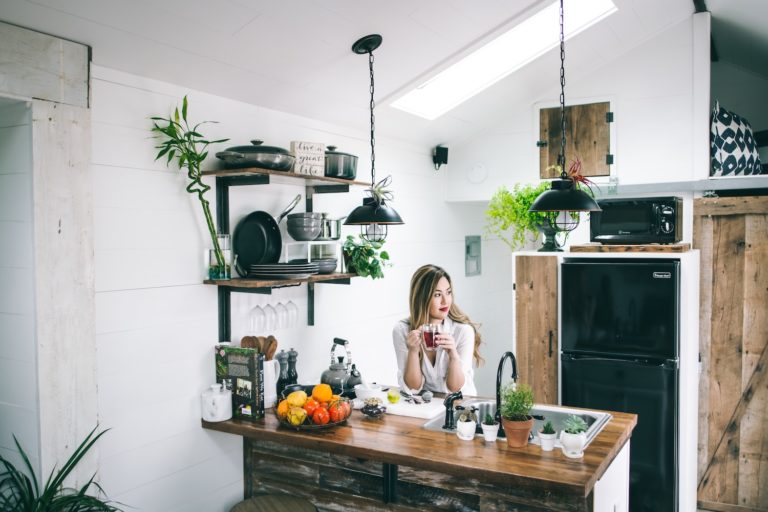Step 1: Understand Your Self-Employed Status
Lenders will typically view you as self-employed if you own more than 25% of a business or work as a freelancer, contractor, or sole proprietor. Getting a strong understanding of how lenders will perceive your employment status is an important first step to effectively preparing to obtain home financing. If you or your business work with an accountant, this could be a good place to start.
Step 2: Organize Your Finances
Lenders will need to confirm the stability of your income, so being well-organized and being prepared to show detailed financial records will also be important. This could include profit and loss statements, balance sheets, and tax returns for your business over the last two years. The more consistency you can show with your income, the better your chances of approval.
Step 3: Check Your Credit Score
Across the board, having a higher credit score will help a buyer secure stronger mortgage terms. This is especially true for self-employed borrowers. Look into paying off outstanding debts, avoid other borrowing activity, and make sure your bills are paid on time.
Step 4: Save Up a Larger Down Payment
The more you can put down upfront, the less risk you pose to a lender. Saving for a larger down payment will not only increase your chances of approval but also help you secure a lower interest rate.
Step 5: Explore a Wide Range of Loan Options
Explore the different loan options available for self-employed individuals, which could include FHA loans (which have less stringent requirements) or non-agency programs designed for those with less-traditional income streams.
Step 6: Work with an Expert
Consider working with a mortgage expert who understands your situation and can guide you through the intricacies of the process. Having strong partners here will help limit any issues and increase your chance of success.
Step 7: Explore Rates
When you’re ready to enter the market, use a Rates Table Tool to evaluate different rate and loan option scenarios, determine your affordability and get a sense of costs. Don’t forget to lean on your mortgage expert for help and advice, but also leverage the many great online tools that are available.
Step 8: Get Pre-Approved
Getting pre-approved for a mortgage is the first step towards getting a sense of what you can afford and signals to sellers that you’re a serious buyer. Keep in mind that getting pre-approved requires a credit pull, so it’s best to wait to get pre-approved when you’re ready to enter the market.
Step 9: Set a Budget
While a pre-approval is a strong indicator of what you can qualify for when it comes to home financing, you also want to make sure you’re factoring in closing costs, property taxes, insurance, and other costs that may be associated with buying and owning a home. Don’t forget about moving and any renovations you want to complete before moving in. These will all contribute to your monthly payment.
Step 10: Find a home!
Once you’re pre-approved and have a set budget, you’re ready to step into the market with confidence. With the right preparation, tools, and partners, buying a home as a self-employed borrower should be possible.







